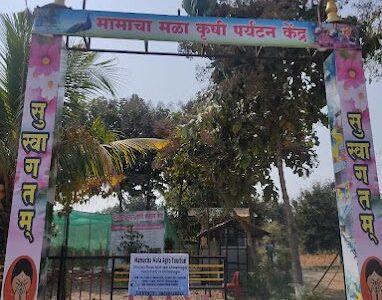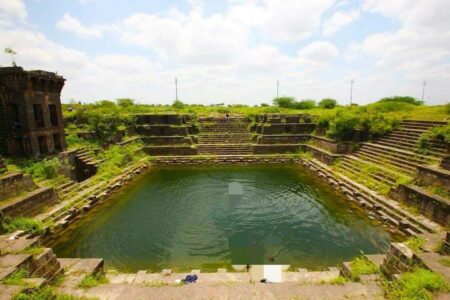Overview
History of Ahmednagar Fort
The fort was built by Malik Ahmad Nizam Shah I (after whom the city of Ahmednagar is named) in 1427. He was the first sultan of the Nizam Shahi dynasty and he built the fort to defend the city against invaders from neighbouring Idar. Initially it was made of mud but major fortification began in 1559 under Hussain Nizam Shah. It took four years and was finally finished in 1562. In February 1596, Chand Bibi the queen regent successfully repulsed the Mughal invasion but when Akbar attacked again in 1600 the fort went to the Mughals.
The fort was recaptured by the Nizams of Hyderabad in 1724 after the death of Aurangzeb.
In 1759, the fort was given to Sadashivbhau Peshwa by Kavijung. The Scindias took over the fort in 1797 as a result of treaty. In 1803, the fort came into the possession of Britishers (East India Company) when lord wellesly defeated the Maratha in the Second Anglo-Maratha War. Finally under the Treaty of Pune (June, 1817 AD) the fort was handed over to the British by Bajirav Peshwa II.
Ahmednagar fort was often used as royal prison, both by the Marathas and the British, Nana Phadnis, who was instrumental in imprisoning many Maratha noblemen in this fort was himself locked up in the fort by Daulatrao Shinde. During the Quit India Movement of 1942, the entire Congress Working Committee was detained here. Pt. Jawaharlal Nehru wrote his famous work Discovery of India while in confinement at the Ahmednagar fort.
Ahmednagar Fort is one of the marvels built on the Bhingar River. The fort is surrounded by cantonment on all sides and lies in the eastern part of the Ahmednagar city.
Currently, the fort is under the administration of the Armoured Corps of the Indian Army. For Entry into the fort is allowed by signing at the gate and Photography is strictly prohibited.
Open to the public: daily 10am to 5pm
Map
Visited 773 times, 4 Visits today



